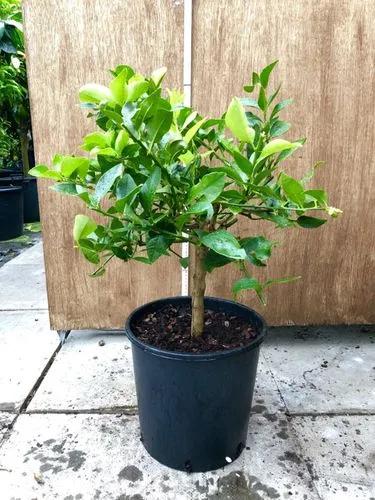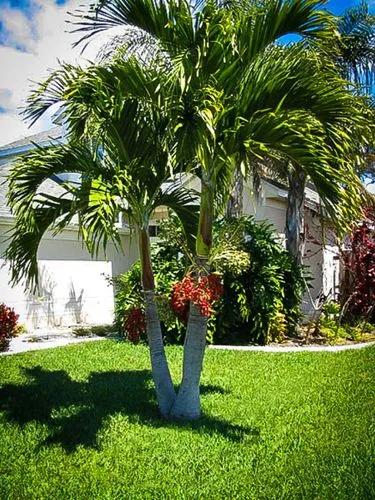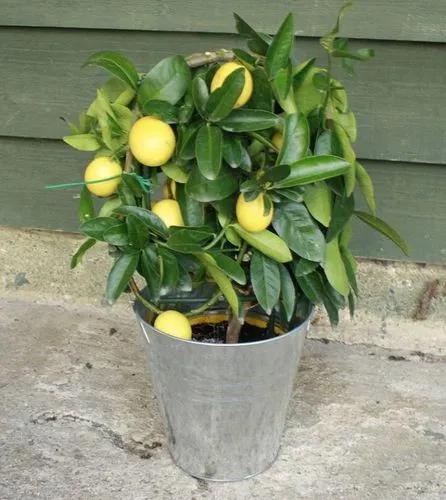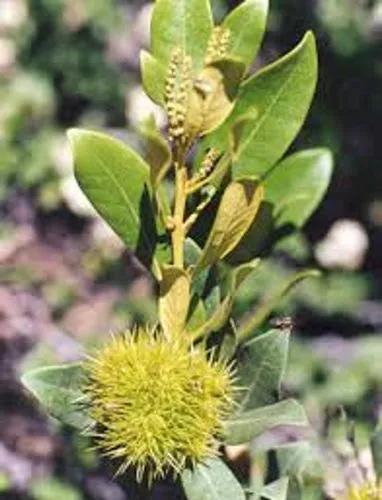Native to Central and South America, Crescentia cujete or commonly known as Calabash Tree is a small or medium-sized flowering tree about 10 meters in height. It is the national tree of St. Lucia. Its leaves are simple and alternate, its bole is thick, and its crown is dense and round. The flowers are round and bell-shaped. The fruit is used to make containers, cups, etc. Young fruit is occasionally pickled but the pulp is poisonous. The seeds are poisonous as well if consumed raw. Cooked seeds are used to make a beverage. The leaves are cooked and used in soups. Further, calabash tree has a wide range of medicinal uses. The fruit is used in the treatment of colds, diarrhoea, pneumonia, and intestinal irregularities. It is also used for relief from menstrual pains and to ease childbirth and procure an abortion. The leaves, on the other hand, can be used in the treatment of dysentery, colds, lung diseases, toothache, wounds, and headache. The bark is used to clean wounds. The wood is used for tool handles, ox yokes, vehicle parts, and sometimes in construction. It is also used for fuel.
Calabash Care
Crescentia Cujete



Invasive in Fiji.
How to Care for the Plant

Water

Calabash tree care includes providing regular water to the tree.

Sunlight

in a sunny position

Soil

Prefers a fertile, moist soil in a sunny position

Temperature

A calabash tree can only be planted in areas without frost. The tree cannot tolerate even the lightest frost.

Additional

The pulp of the fruit is poisonous. The seeds are poisonous.(Seed is poisonous if ingested Parts of plant are poisonous if ingested All parts of plant are poisonous if ingested Handling plant may cause skin irritation or allergic reaction Plant has spines or sharp edges; use extreme caution when handling Pollen may cause allergic reaction N/A )

Popularity

408 people already have this plant 82 people have added this plant to their wishlists
Discover more plants with the list below
Popular articles






